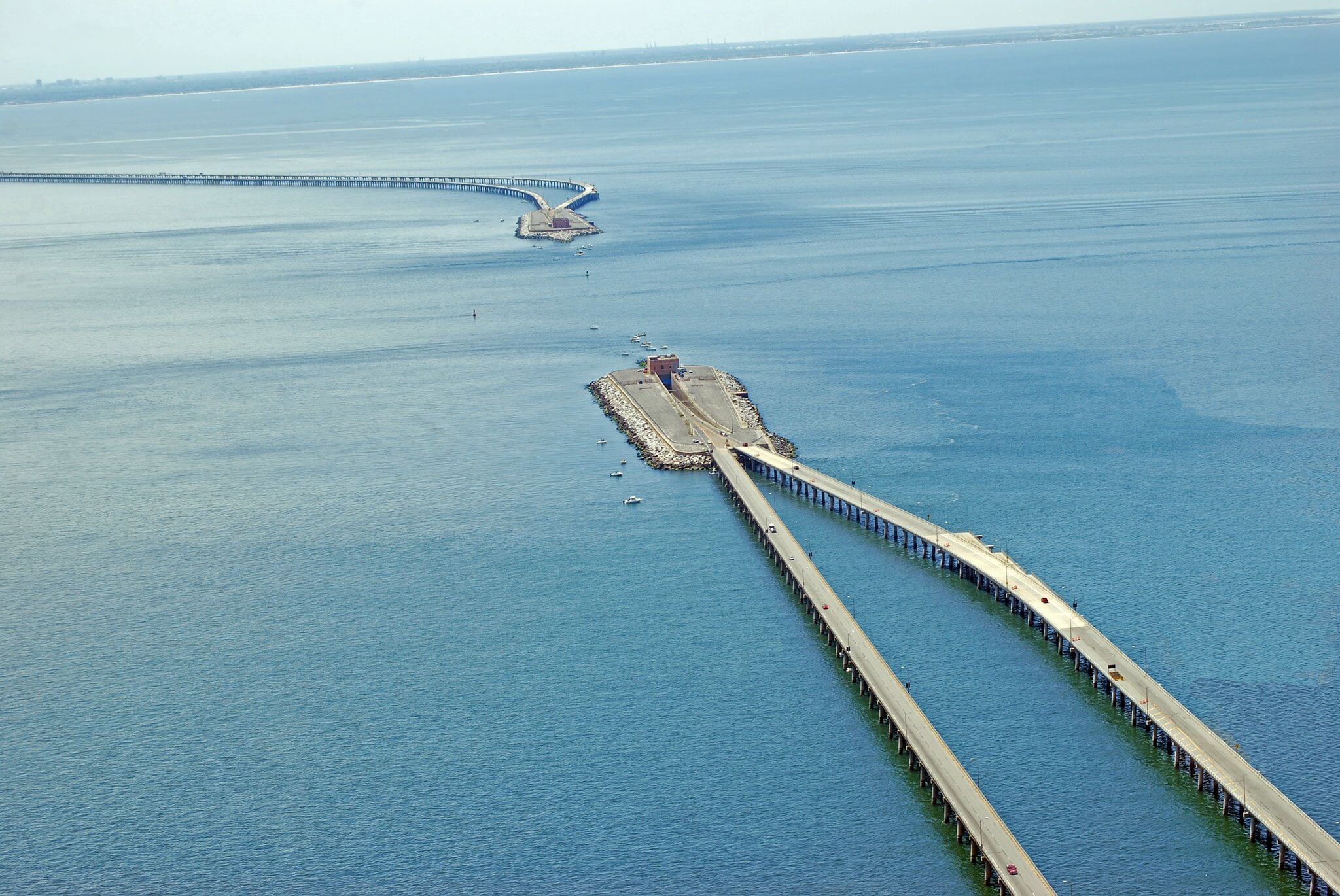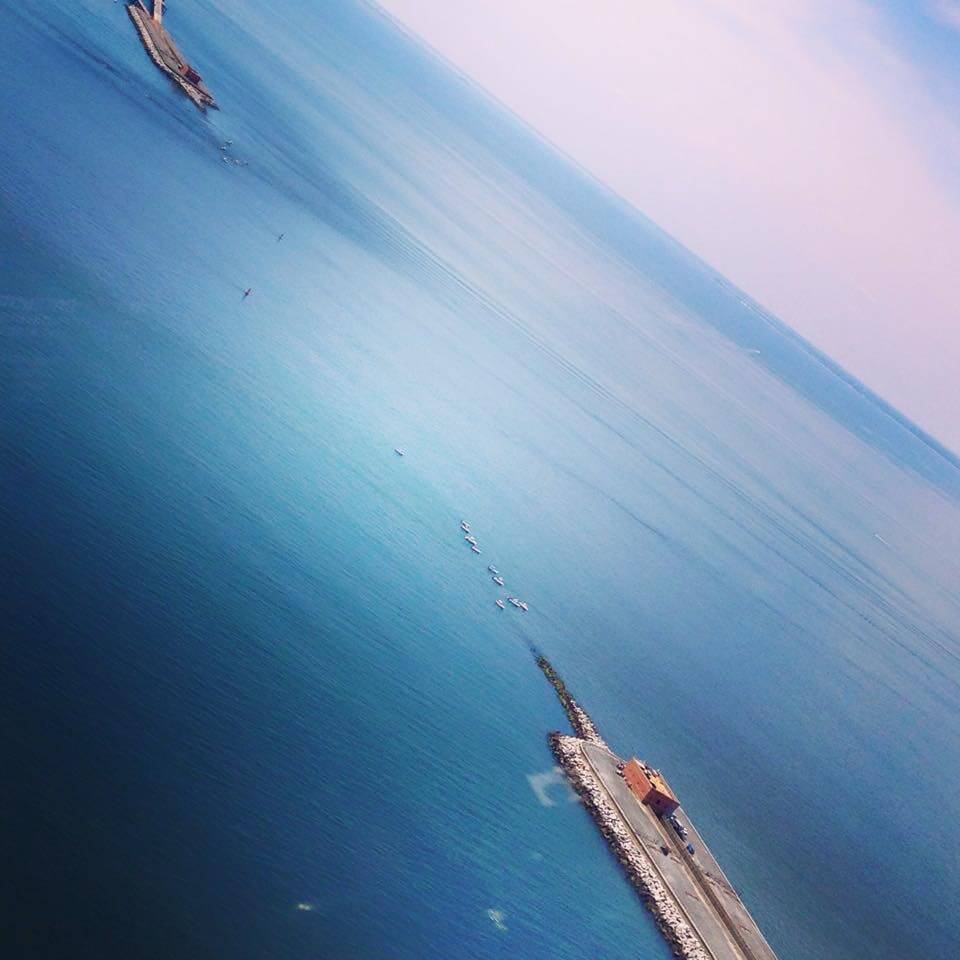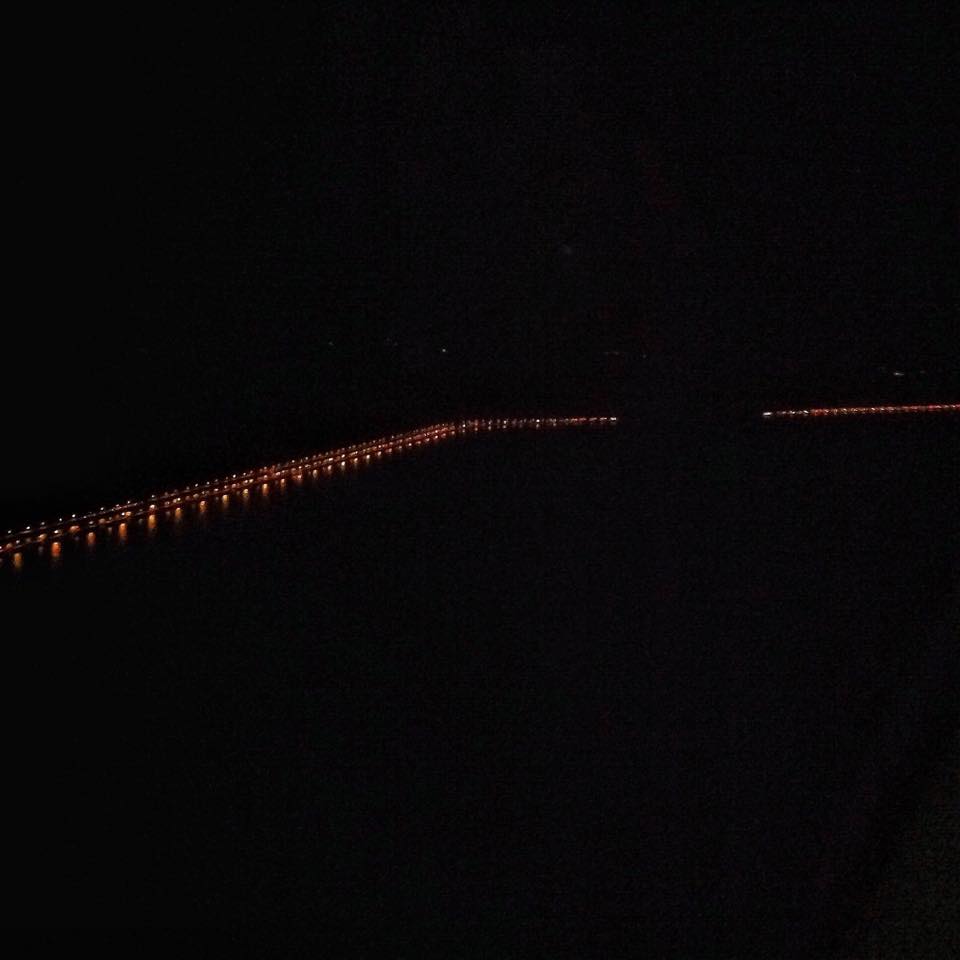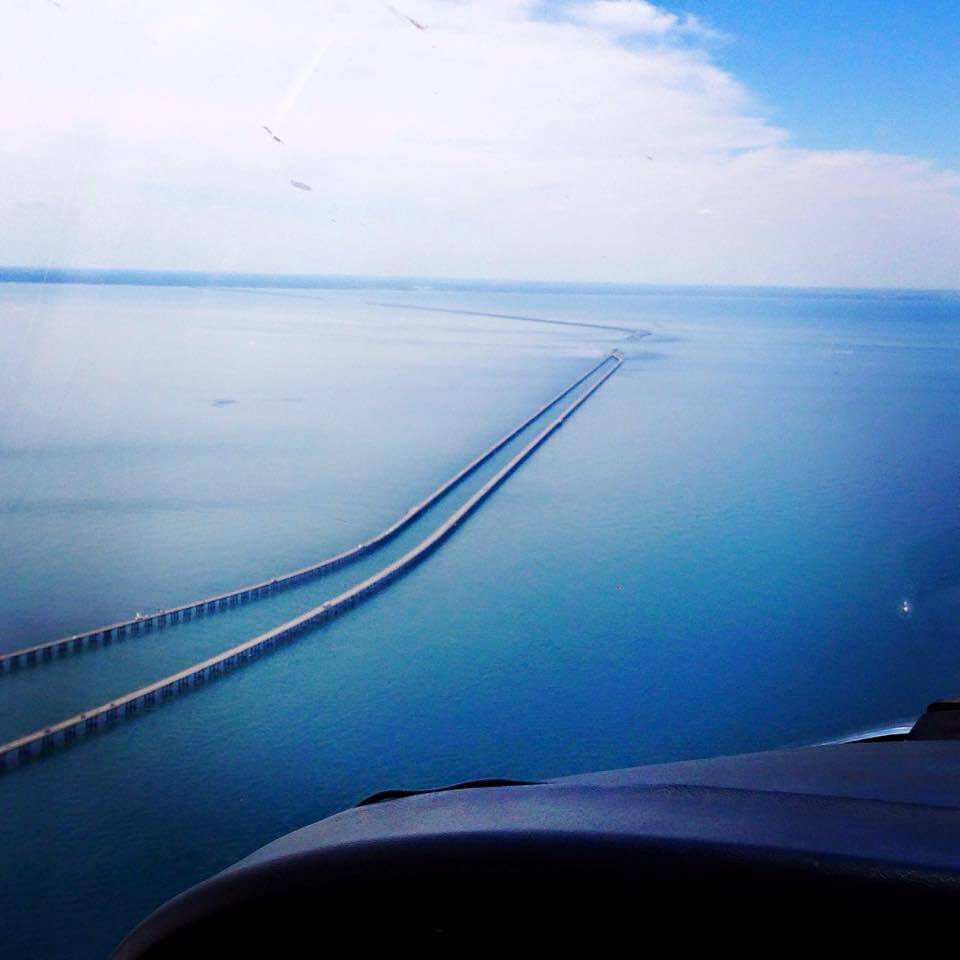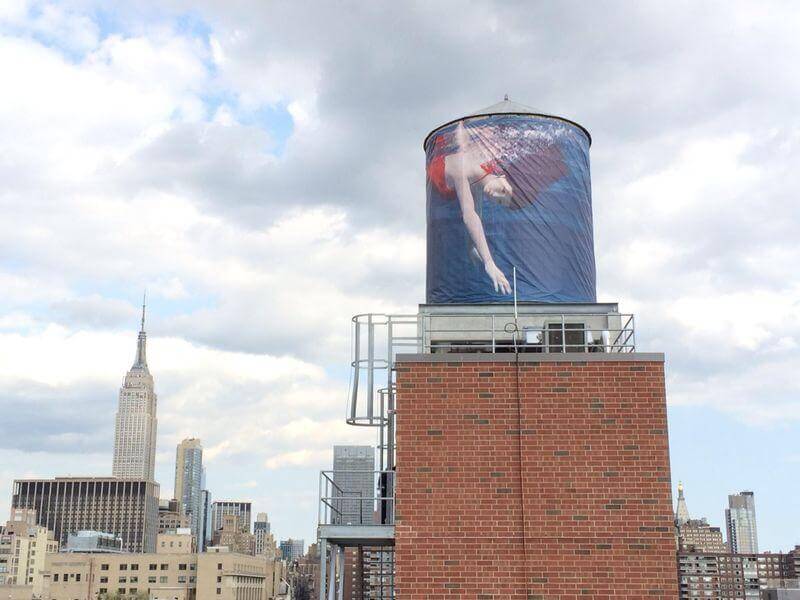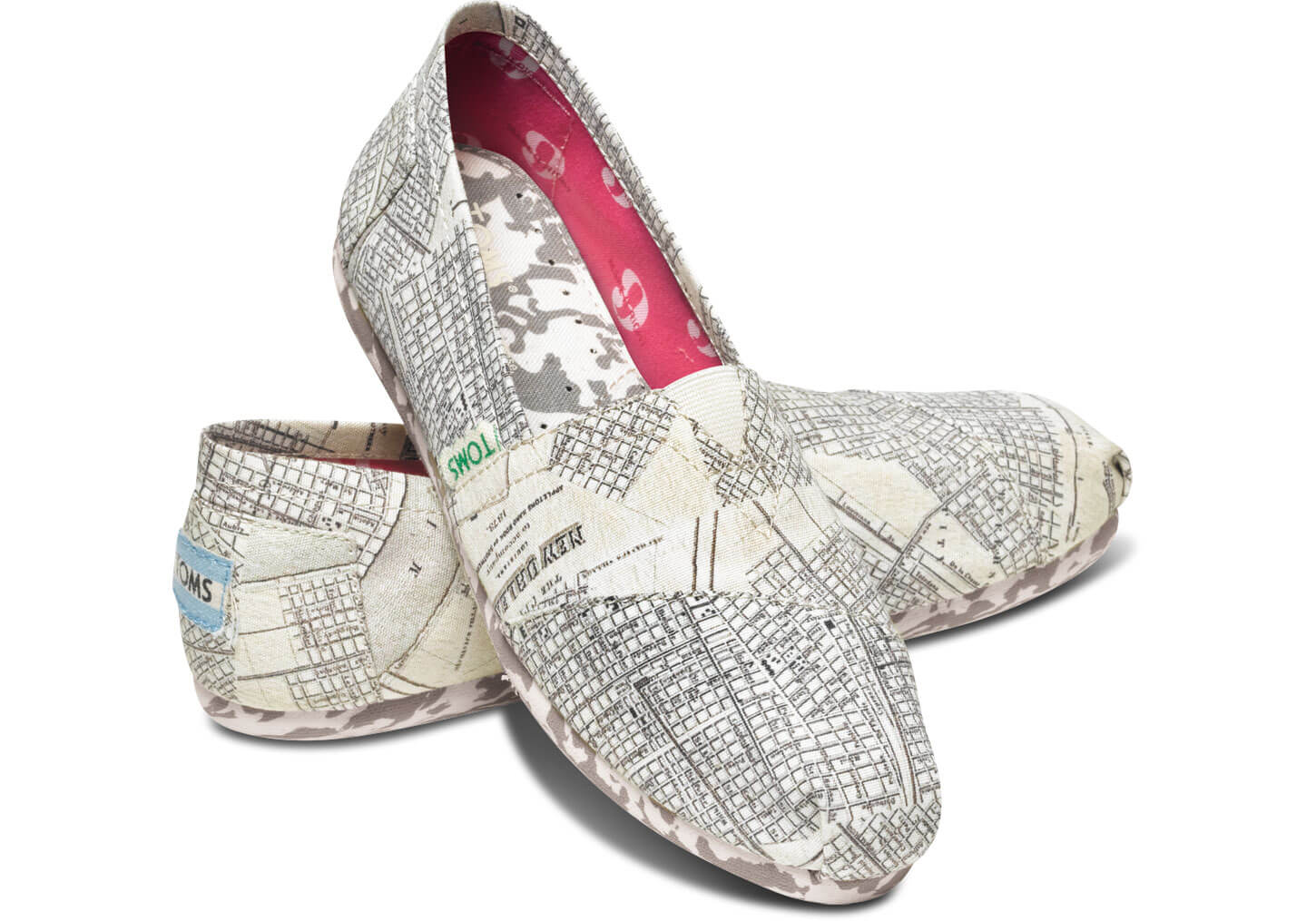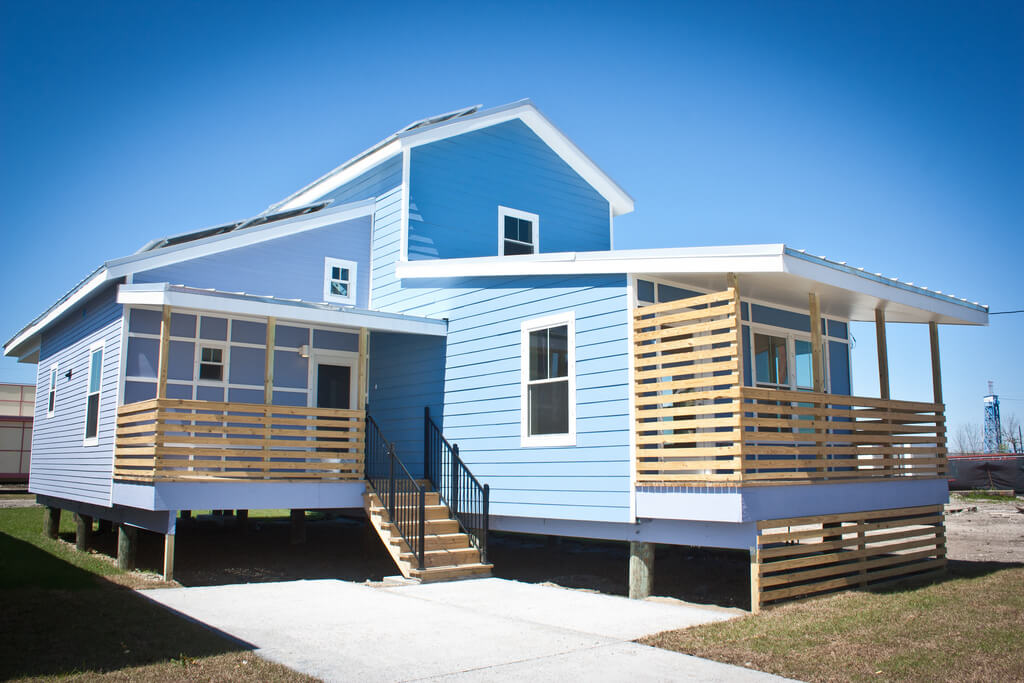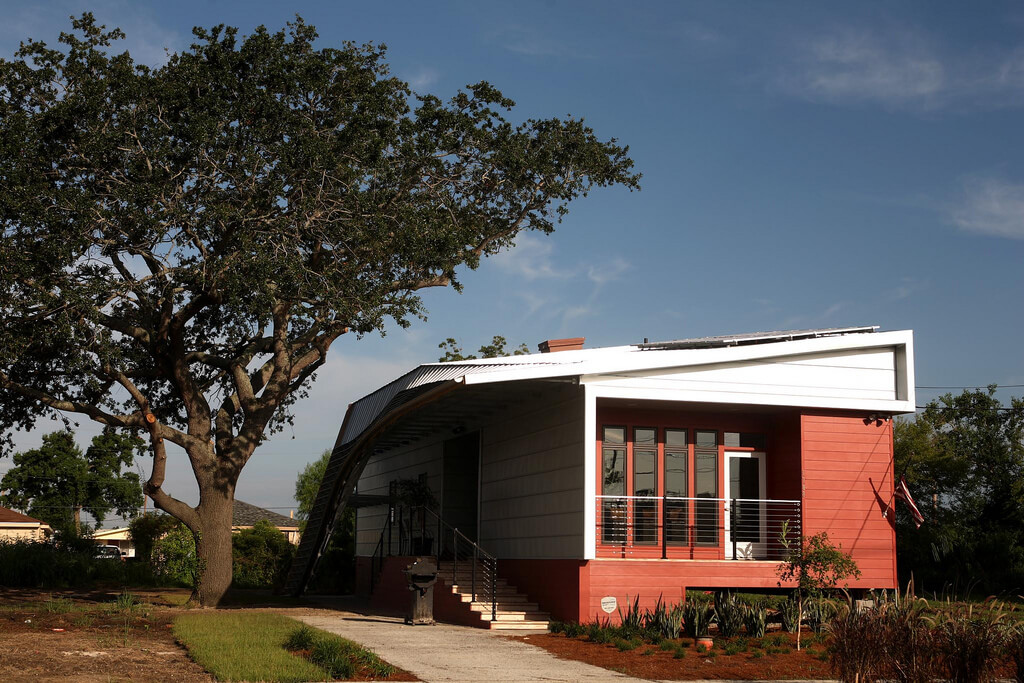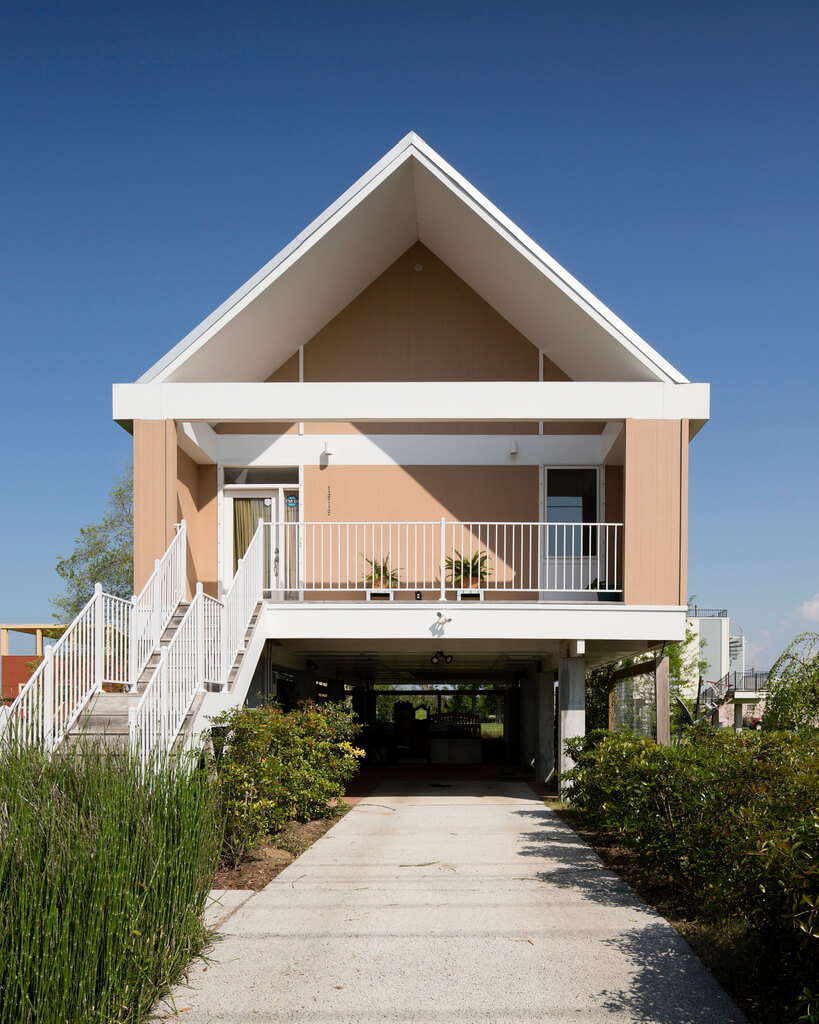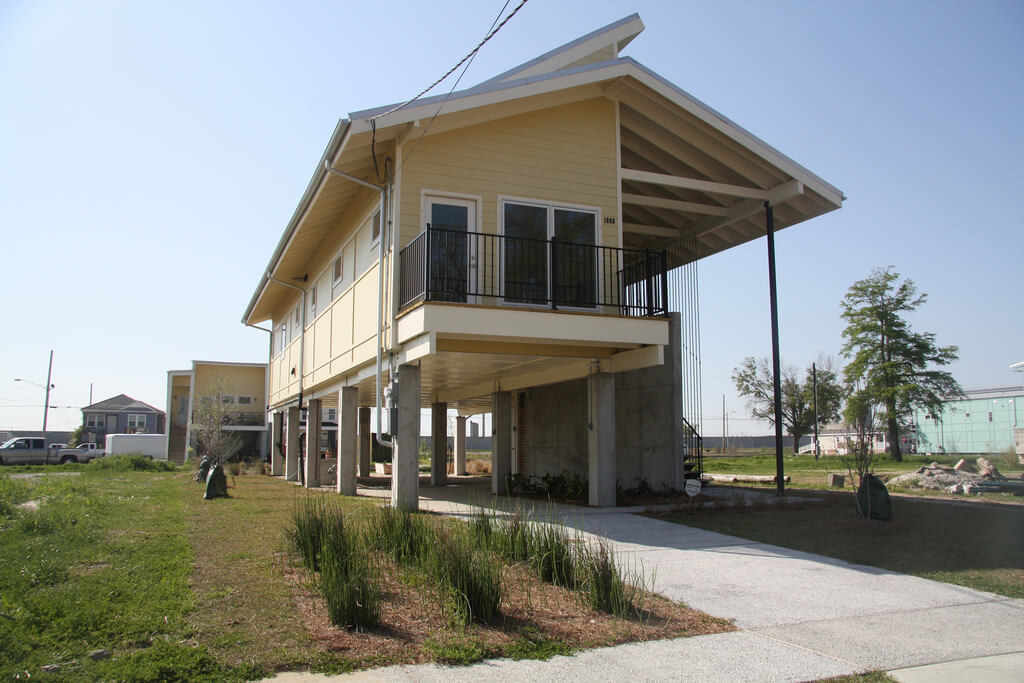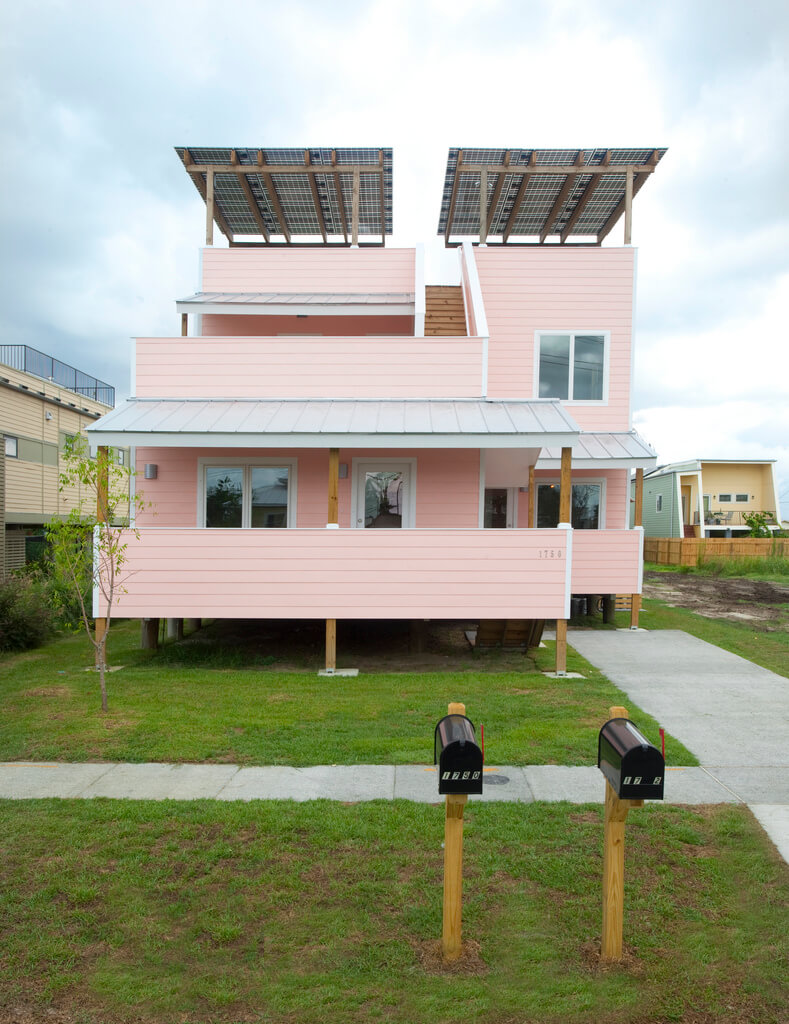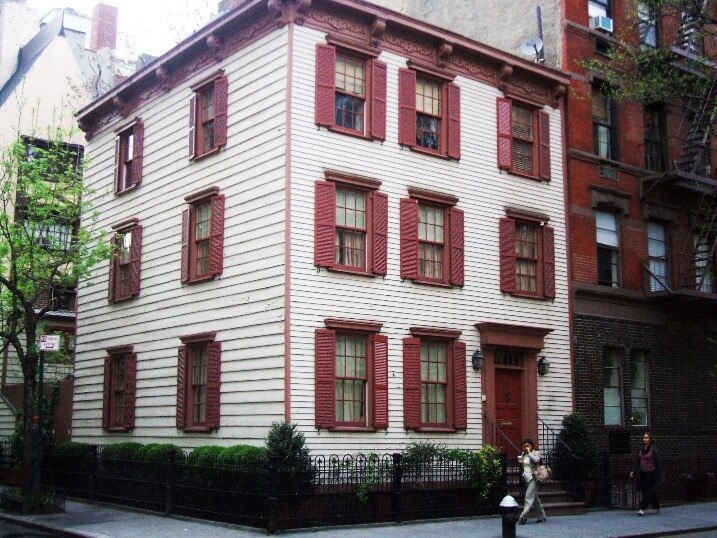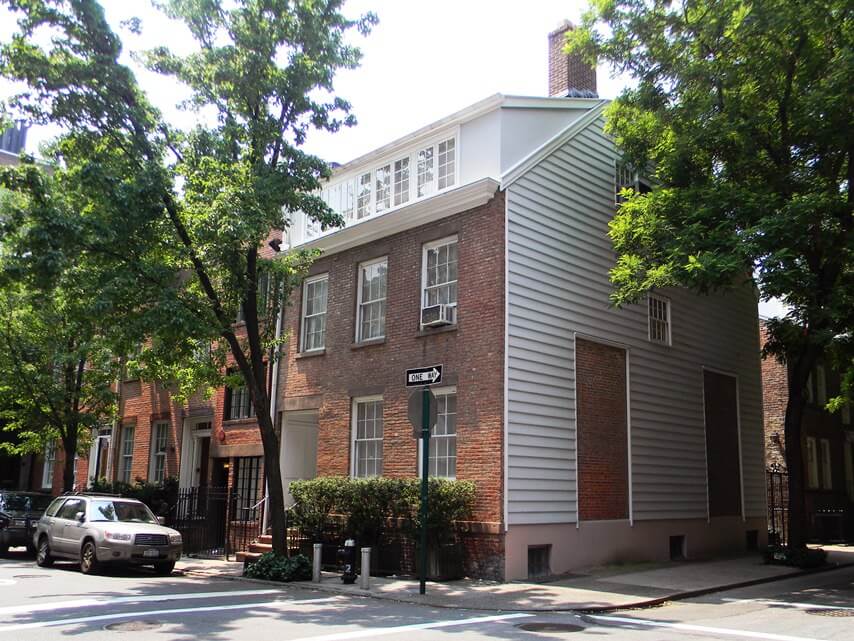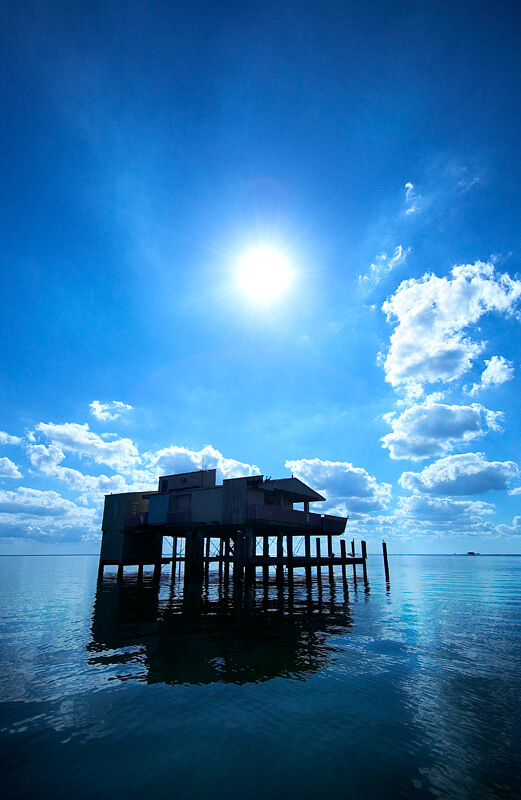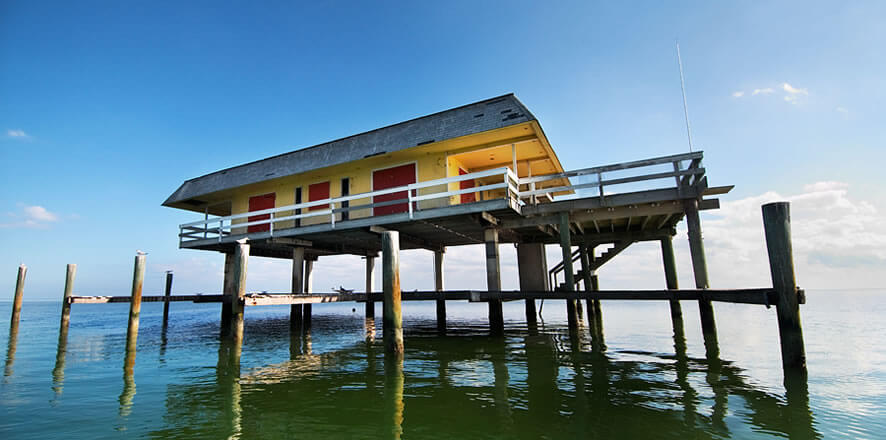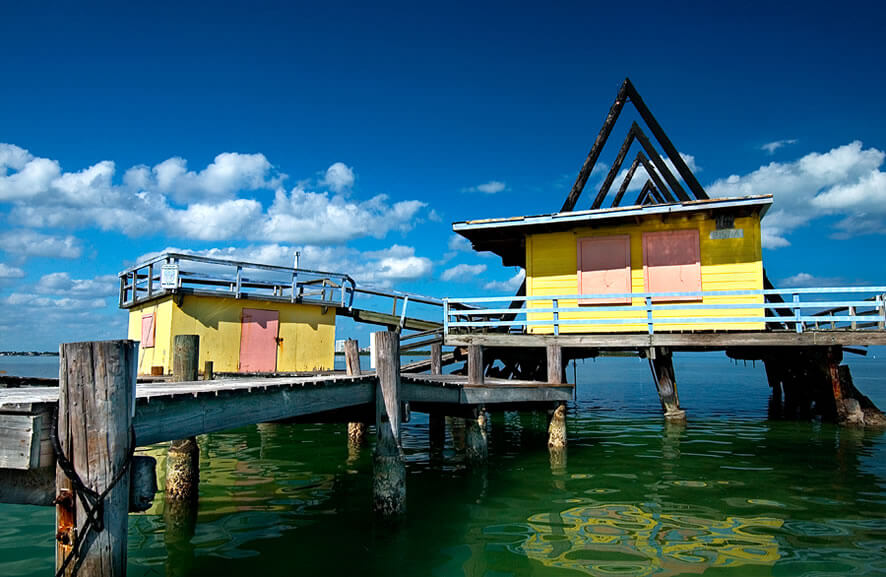I’ve mentioned a few times that one of my goals is to buy a beach house.
There are fewer places where I’m happier, than on a beach. (From the number of posts on the subject, I think that’s pretty clear!) And while I frequent the New York beaches each summer, it’s a long haul for me to get to any of them. My dream is to be able to spend most summer weekends at my own place, in a nearby beach town.
I’m not envisioning anything fancy. Just someplace bright, airy, and relatively quiet.
I do know the risks that come with owning a beach house, though. Hurricane Sandy hit the east coast’s seaside towns hard. Lots of areas are still recovering—including LBI, where I recently vacationed.
Knowing that, I’ve been poking around the web to see what can be done to help beachfront homes survive hurricanes. In the process, I stumbled upon two very different, but gorgeous, houses built to withstand natural disasters.
This seaside cottageВ sits on Hunting Island, off the coast of Maine.В The stones on the exterior walls came from the island. I love the juxtaposition of the rocks and weathered wood…
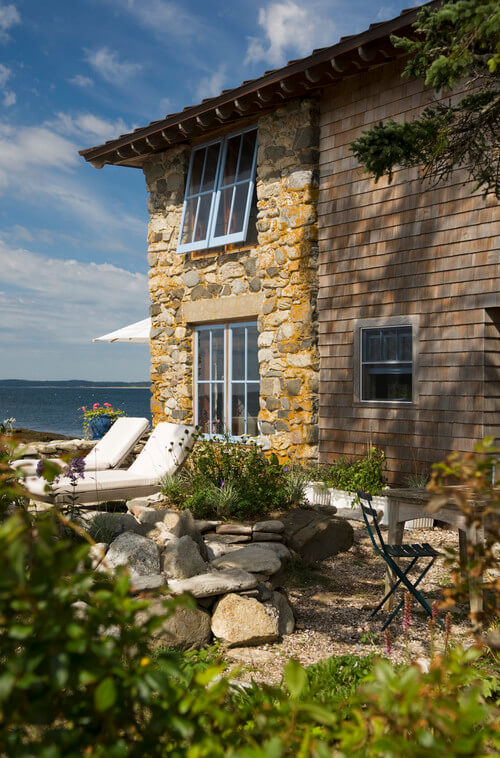
…and how the home is just a few steps from the water!
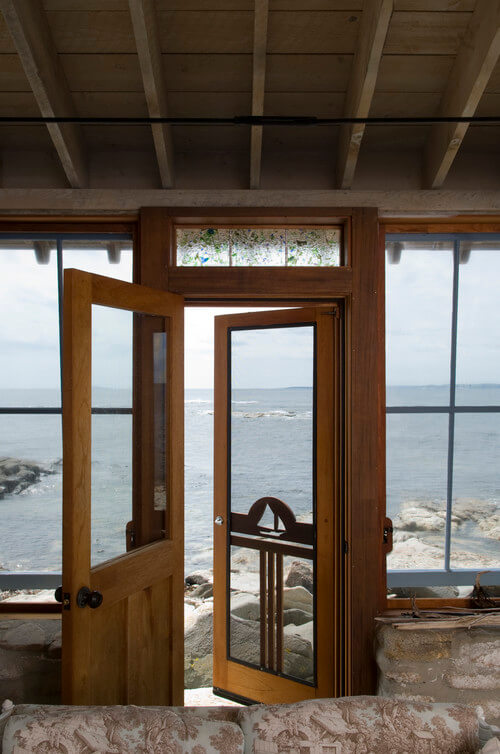
That proximity to the ocean puts the house in a FEMA flood zone, which meant it had to built to code. Design firm, the Knickerbocker Group, oversaw the project: making sure vents could handle rushing floodwaters, ensuring that all wood was rot-proof, installingВ electrical wiring at least three feet off the floor. And that metal rod running along the roof, inside the living room? That’s to keep it from blowing off during a bad storm.
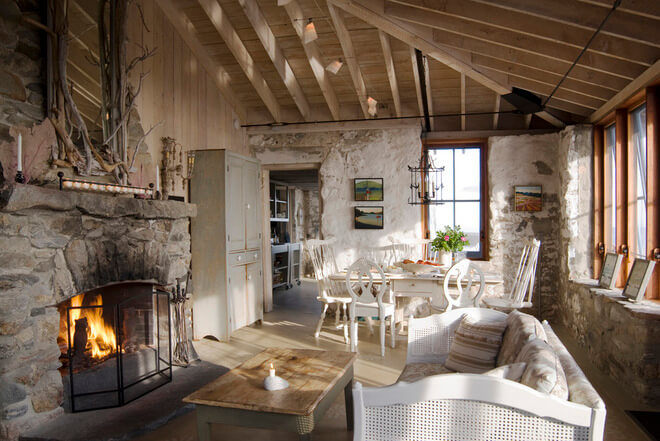
Scary to even think of that. Though I imagine falling asleep on most nights, listening to the sound of waves, makes the risk worth it.
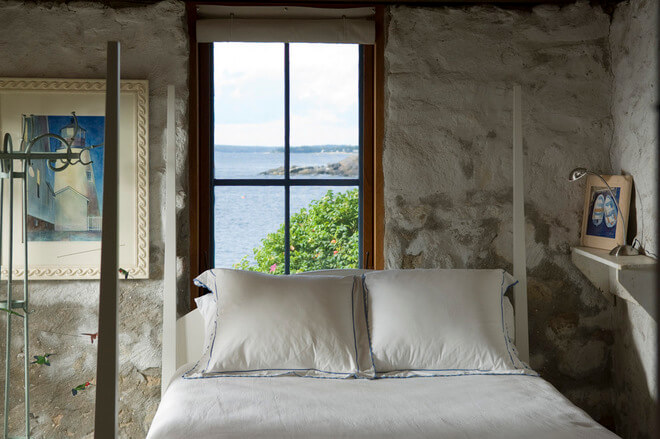
On the other end of the design spectrum, is this Tsunami House, fromВ Design Northwest Architects,В on Washington’s Camano Island, in the Puget Sound.
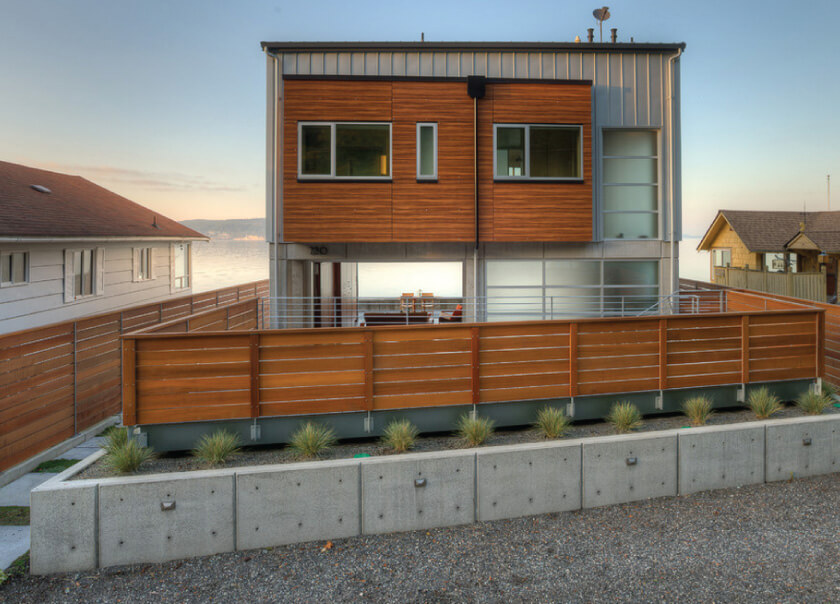
It, too, was built to FEMA code. The lower level is an expansive patio and seating area…
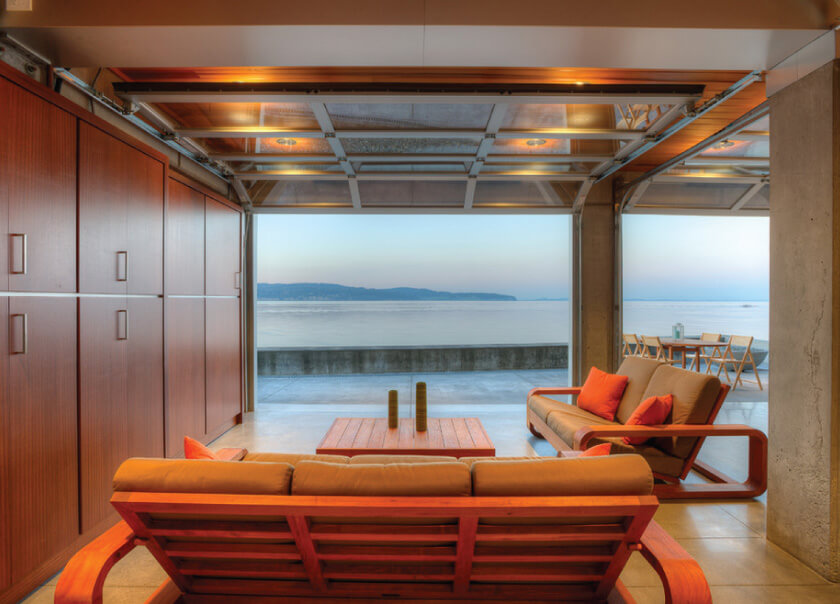
…but since it would likely be underwater in the event of a hurricane, the main living space is nine feet above ground.
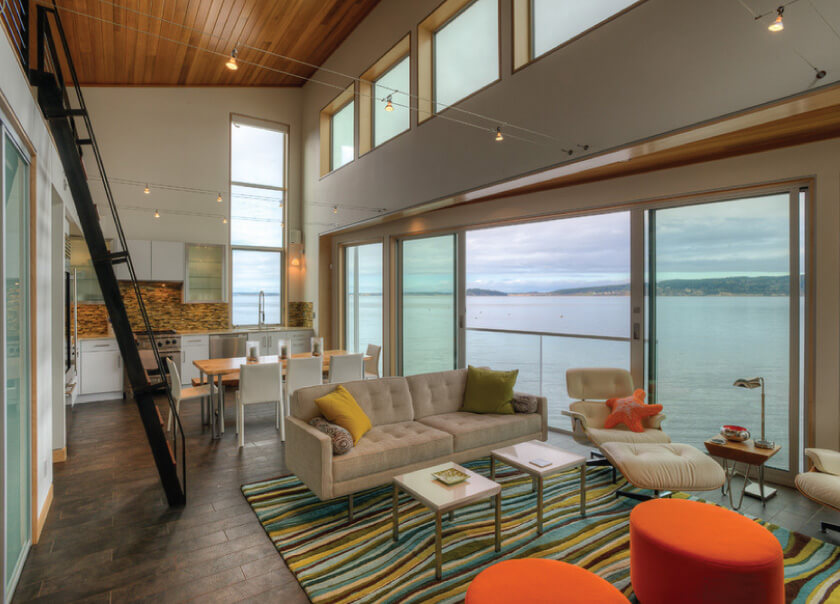
The structure was built to withstand 85 mph winds and earthquakes.
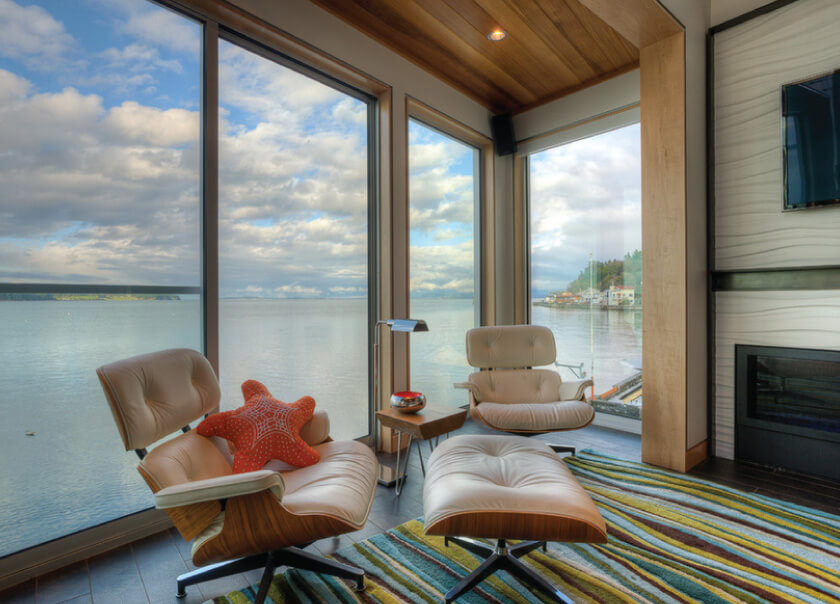
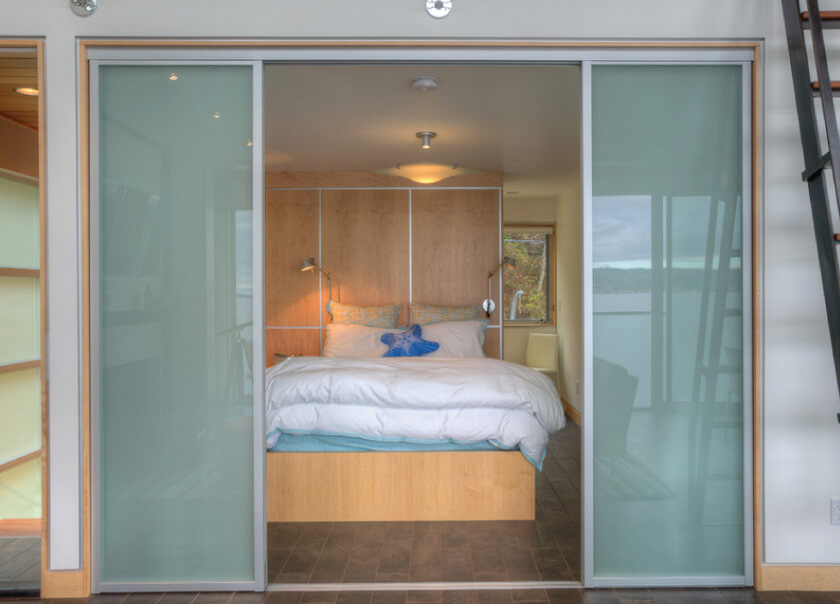
At first, I was really wowed by the Tsunami House. But after seeing the stone cottage, I feel like that’s more my style: simple and rustic yet elegant. Either way,В it’s inspiring—and encouraging—to see what can be done within strict flood zone codes.
Which house do you prefer?
(Images of the stone house via Houzz;В images of the Tsunami House by Design Northwest Architects, found via Weather.com)
